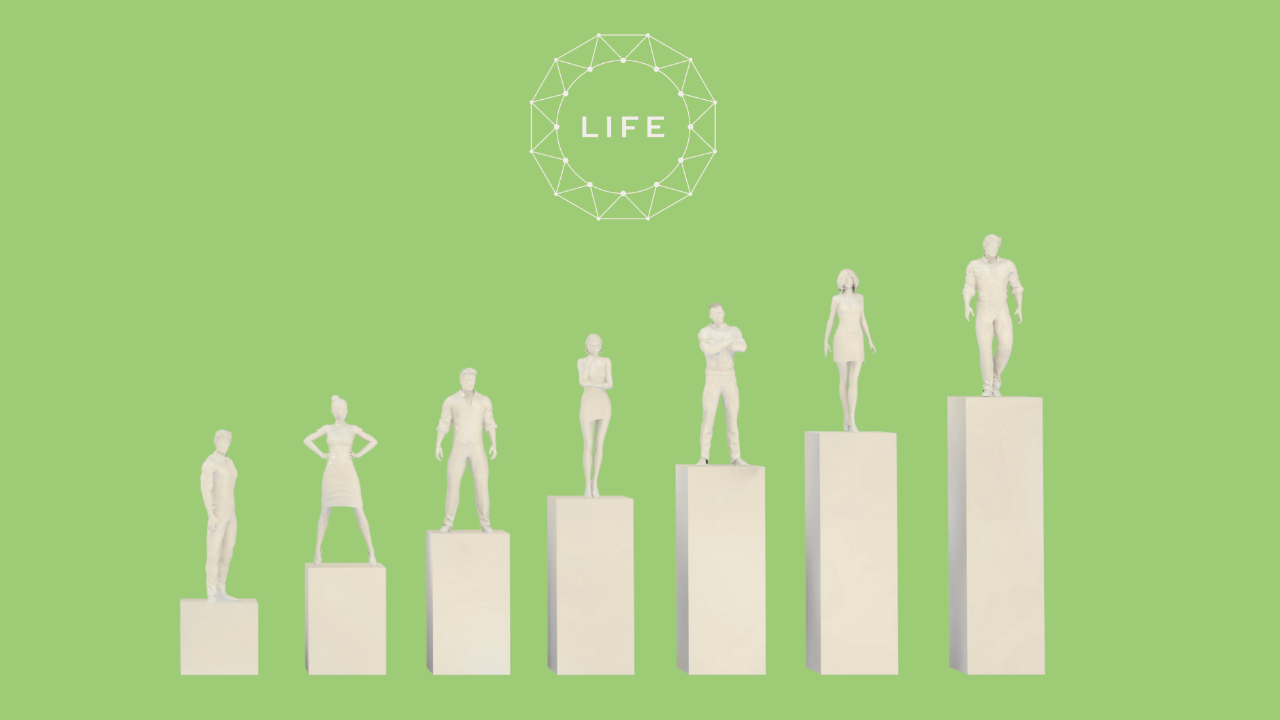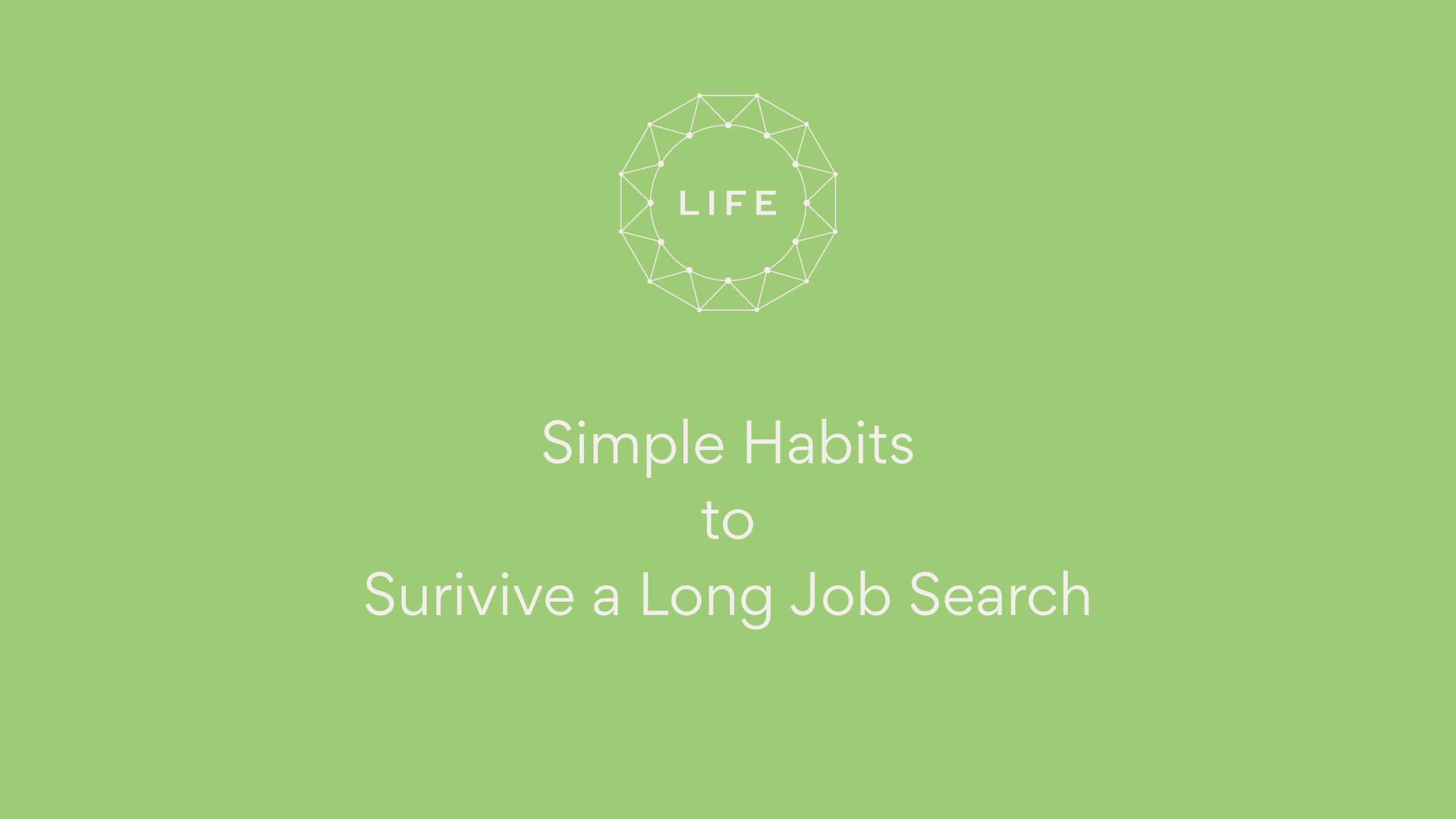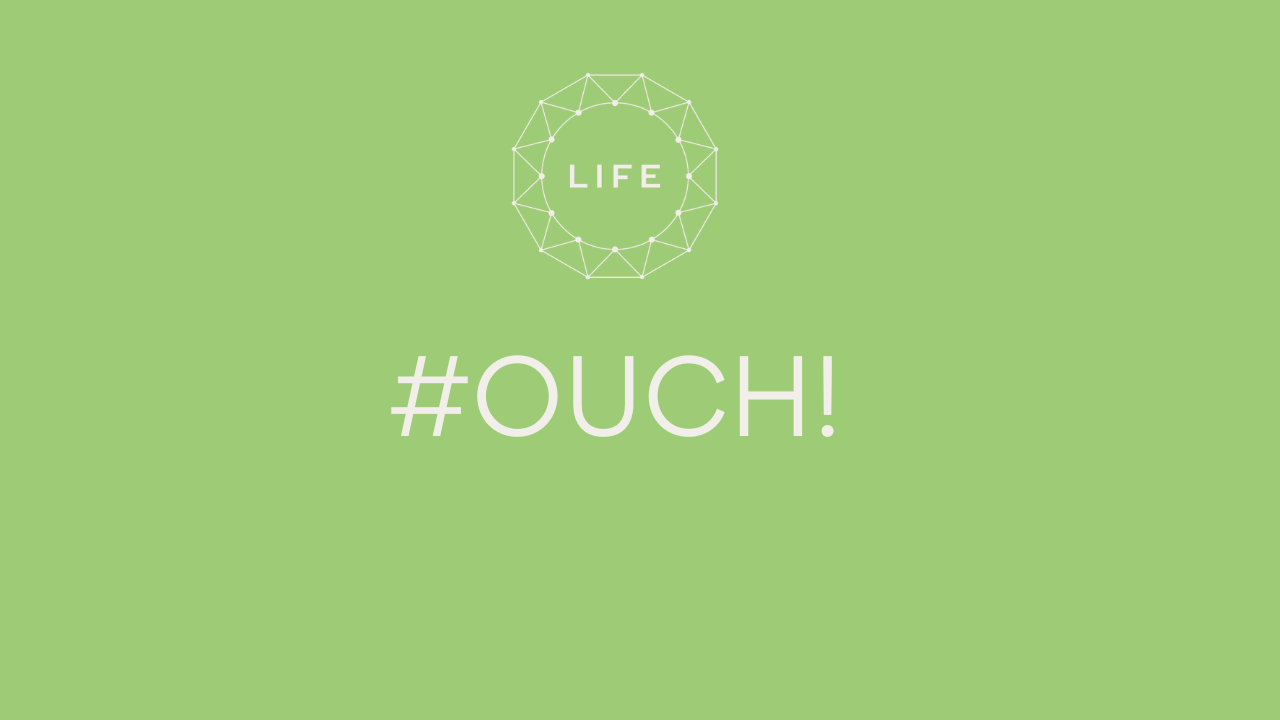Any leader in the fashion and luxury industry will tell you, it’s becoming a lot more difficult to keep teams fully staffed, engaged, and confident in their skills. Sometimes it can feel like plugging leaks rather than building momentum.
75% of employers say finding qualified people to fill roles is their biggest challenge. It’s no wonder, the fashion and luxury sector is being buffeted by challenging headwinds, technology and the digital landscape constantly evolve, reaching customers through all the noise becomes harder and skills gaps grow wider. New demands arrive faster than many teams can respond.
It’s common to spend months recruiting only to see another critical role open when someone leaves. That’s why strategic development planning has moved far beyond optional training budgets or nice-to-have perks. A clear, thoughtful growth plan is now one of the few tools that can help keep good people engaged and ready for what comes next.
Without it, there’s little chance of staying ahead of rapid change or keeping the employees who care about staying productive and competitive. A future-ready workforce depends on a strong development plan.
The question is, how do you build one?
What Makes Development Plans Deliver
A development plan works best when everyone knows why it exists. It isn’t just a record of training courses. It’s a simple way to show how someone’s skills can grow in a direction that matters to them and the business.
Many plans fall short because they stay too general. They rely on the same list of goals for every role. Over time, people stop seeing the point. If a plan doesn’t connect to real work, it becomes a paperwork exercise. A cohesive strategy is required if you want your plan to deliver a competitive talent advantage. That starts with goals.
A simple SMART Goals Framework keeps things focussed. It drives companies to set specific, practical objectives that lead to measurable development outcomes. “Get better at data skills” doesn’t mean much. A stronger goal might be, “Finish a data analytics certification by October and use it to improve the next reporting cycle.”
It also helps to think about how learning happens. For most fashion employees, it doesn’t come from sitting in a classroom. The 70-20-10 model indicates that about 70% of skill development happens as a side effect of daily work. 20% comes from social interactions (coaching, mentoring, and peer conversations). Only about 10% comes from formal courses.
That balance might differ depending on your team, though. Some people want to learn with hands-on experiences; others need time to watch examples or walk through steps. Smaller, targeted lessons can also make learning feel manageable. Many fashion and luxury companies are moving toward microlearning, offering short videos or guides that employees can pull up when needed.
Whatever approach you take, make sure there’s alignment, between individual aspirations and preferences, and organisational objectives.
The Strategic Development Planning Framework
A development plan is easier to build when there is a clear process behind it. Many businesses try to start with a list of training courses or generic goals. That approach rarely holds up over time. For measurable development outcomes, you need more clarity.
Here’s how to start:
Conduct a Skills Assessment & Gap Analysis
Any effective development plan starts with understanding the skills your teams already have. Competency mapping doesn’t have to be complicated. It can start with simple questions about the types of tasks employees handle well, and where projects slow down. You might consider what job-specific capabilities will be more important tomorrow than yesterday.
Take a holistic view. Assessing technical skills will be important, particularly as demand for certain things, like digital literacy, continues to grow. But remember to consider soft skills, leadership qualities, and transferable skills.
Think ahead and remember that some skills are becoming essential across all industries. AI proficiency, data and cost analysis, and automation skills are becoming more relevant to all kinds of fashion employees, including creatives! Will those be crucial to your team moving forward?
Explore the Four Types of Development Plans
Once you’ve mapped your skills gap, you can look at the bridges that might fit. Not every plan needs to look the same. Sometimes, you’ll be focused on improving employees' skills in a specific role. Other times, you’ll want to prepare staff to grow into new positions.
Consider a broad range of:
· Skill-based plans strengthen the abilities a person uses most days.
· Succession plans prepare someone to take over a crucial role for progress.
· Management development plans help new leaders feel clear on expectations.
· Career transition plans support employees moving into a different part of the business.
Sometimes, your entire development plan will borrow elements from multiple areas. What matters most is that the approach makes sense to you and your employees.
Define Your Resource Allocation Strategy
Strategic development planning can stall when resources feel limited. Some companies set aside a percentage (e.g. 2-5%) of payroll for development, but there’s no ideal budget. Some organisations choose to spend a lot more. An Accenture 2022 study showed that learning and development investment had an average ROI of 353%.
I may be putting myself out of a job here, but if investing more into development helps you spend less on recruiting, high staff turnover, and work that keeps getting redone, it’s usually worth the spend. Learning and growth don’t just improve productivity. They also make your company more appealing to candidates, keep people engaged, and help morale stay steady. I love working with businesses that are committed to investing in their teams. We want our placements to stay!
If your resources are limited, look at budget-conscious options:
· Cross-training helps people build skills by learning directly from colleagues.
· Mentoring connects senior and inexperienced employees for peer-to-peer learning.
· Short online courses or micro-learning tools can fit into busy schedules without much cost.
Technology is also changing what’s possible. Some teams use simple learning platforms to track progress. Others bring in AI-powered tools to suggest training options or measure results. These systems don’t need to be elaborate to be helpful.
Remember Cultural Integration
The last piece is making sure development fits the way people already work.
Different types of fashion team members may prefer varying approaches. Certain employees prefer to learn independently, while others need regular check-ins to stay engaged. Some are more visual or aural, some are kinesthetic (hands-on), some prefer reading and writing and then implementing.
Development also means different things to different generations. Early-career employees may want to build credibility, while someone later in their career might focus on mentoring or leadership.
Plans should reflect the fact that people learn and grow in different ways. They need to show their commitment to diversity, equity, and inclusion. When employees see that development is set up to work for everyone, they’re more likely to take it seriously.
A plan that accommodates different needs and backgrounds feels more genuine. It shows that learning isn’t just an extra thing to do when there’s time; it’s part of how the team works.
Implementation Best Practices: From Plan to Performance
A development plan can look amazing in a document, with clear goals, good intentions, and a timeline everyone can follow. But sometimes those plans fall apart because they don’t account for a careful launch, regular monitoring, and future growth.
Here’s how you can plan for success.
Develop a Clear Launch Strategy
How you introduce a plan is important. It shouldn’t feel like it was developed behind closed doors. When employees get to share what they need and what feels realistic, it’s easier to get real commitment.
It’s worth talking early about what success should look like, too. Be specific about who will be responsible for what, and what should happen month after month. Make sure everyone knows what resources are available to help.
Don’t overlook basic preparations, too. Setting up logins, ensuring reading materials are easily accessible, and even figuring out how to record milestones early can make a plan feel more structured.
Master Monitoring & Evaluation
It’s common to see plans lose momentum when nobody checks in. Without regular conversations, goals lose their meaning. Some teams meet monthly to see how things are going. Others chat every couple of weeks, even just for ten minutes. What matters is that it happens. Accountability maintains progress.
Measuring progress doesn’t need a big system. A few questions work fine. Are new skills showing up in daily tasks? Are people more confident? Is turnover steady? These are the signals worth watching.
You can usually spot the impact if you look for it:
· People stay longer because they feel their role has a future.
· Projects finish faster with fewer mistakes.
· More employees are ready to step into bigger jobs.
· Teams can handle more complex work without needing outside help.
· Surveys or informal chats show people feel supported.
Don’t wait for a formal review or exit interview to spot issues. A quick conversation can uncover small problems before they turn into big ones.
Commit to Continuous Improvement
Whether we like it or not, the fashion industry, and your business, will continue to change. Your development plans shouldn’t stay frozen in place. It helps to define moments when you’ll review what’s happening and decide whether it’s working for your team.
Be ready to adjust when a new project, a shift in priorities, or a change in employee aspirations arises. Keep communication fluid too, focusing on regular feedback. Gathering insights from team members about what they would like to improve can help you optimise your training resources. Recognizing staff for their efforts keeps motivation high.
The last step is constantly documenting the lessons you’re learning as a business. When a seasonal collection, development cycle, or major project is finished, pause and look back. What worked? What slowed things down? Collect those insights so the next plan feels easier to start and simpler to follow.
Turning Plans into Real Progress
There’s no perfect recipe for strategic development planning. What works for one business might hold another back. Every organisation has its own mix of challenges, priorities, and learning preferences.
But one thing shows everywhere: people want to know their skills matter. They want to see that there’s a path forward, especially when everything around them feels uncertain.
A good development plan helps meet that need in a real way. It tells employees that growth isn’t something they have to figure out on their own.
Getting started doesn’t take a huge step; it just requires a clear goal, a conversation with your team members, and a small investment in the right resources.
If you’re unsure where to begin, don’t wait for the perfect moment or plan. The most important thing is to start somewhere. Even a simple, honest approach can go a long way if it stays connected to people's daily work.
LIFE is a search and selection firm that sources talented people for some of fashion’s most respected brands. After twenty years, we are still passionate about the work we do. That is why we only work with fashion and lifestyle brands that light us up, brands that are shaping the industry, and brands that we are proud to represent.
Talk to us about finding the right talent for your brand by emailing info@lifeinfashion.co.uk







